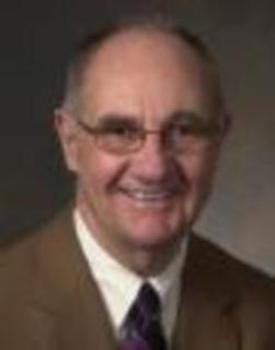Question
I have just been notified that a student in our school will require speech services because of a sudden onset of chorea. This student is 14 years old, and up until a month ago, was in good health. I have not yet met this student, so I do not know how seve
Answer
This is a good question, but a difficult question to answer since treatment of chorea will depend greatly on the etiology (see neurology.health-cares.net/chorea-treatment.php and www.emedicine.com/neuro/topic644.htm). Chorea can be degenerative, as in Huntington's chorea; due to an infection, as in Syndehnman's chorea or encephalitis; or associated with certain metabolic conditions such as Wilson's Disease. It could also be caused by a lesion to the subthalamic nucleus, striatum or thalamus. Chorea falls under the category of hyperkinetic disorders and has to do with an imbalance of acetylcholine and dopamine in the basal ganglia control circuit. Often this imbalance is treated with a pharmacological approach to suppress the involuntary movements.
Sudden onset of chorea in a 14-year-old could be due to Syndenham's Chorea, also called St. Vitus dance. Onset generally occurs between the ages of 5 and 15 years of age. Symptoms can appear gradually or suddenly and vary in severity. According to Duffy (2005) it usually resolves quickly but is sometimes persistent. Treatment for this disease usually involves antibiotics since it is often thought to be due to streptococcus infections. More information regarding Syndenham's Chorea can be found at: healthlink.mcw.edu/article/921988947.html. Another potential cause could be juvenile Huntington's disease, as the first symptoms can appear in childhood or adolescence. Since this disease is hereditary, you would know if this was the case by getting a family history. Unfortunately, treatment options are limited (see www.emedicine.com/neuro/topic644.htm#section~juvenile_huntington_disease). If the cause is Wilson's disease, treatment would consist of removing excess copper from the body.
All subsystems of speech can be affected by chorea. For example, with respiration, there may be involuntary inspiration or expiration. With phonation, there may be a harsh and/or a strained-strangled voice quality with excess loudness variations, thus having an impact on prosody. Voice stoppages and transient breathiness can also occur. Resonance may be intermittently hypernasal in some patients with chorea. This will in turn have an impact on articulation, since the patient won't be able to build up enough intra-oral pressure for high pressure consonants. Other articulatory characteristics can include: distorted vowels which can be due to involuntary choreic movements being imposed on the voluntary movements for articulation (e.g., involuntary contractions in the vocal tract) and prolonged phonemes which can be caused by involuntarily holding of an articulatory position longer than needed. Irregular articulatory breakdowns can also occur due to abnormal jaw movement and tongue position and shape. One may attempt to treat the chorea symptomatically with a behavioral approach. Behavioral approaches for hyperkinetic dysarthrias in general have included:
- Sensory tricks that suppress the involuntary movements (unfortunately, these tend to wear off)
- Relaxation therapy and related treatments
oRelaxation therapy (has had mixed results)
oSupportive Psychotherapy (has had mixed results)
oMental imagery (has had some positive results) - Bite blocks to help control involuntary jaw movement and increase articulatory stability
- Easy onset of phonation
Amy Meredith, Ph.D., CCC-SLP is an assistant professor at Washington State University in the Department of Speech and Hearing Sciences. She teaches in the areas of anatomy, neuroscience of communication disorders, dysphagia, motor speech disorders, and counseling. Her research focuses on children with motor speech disorders.

